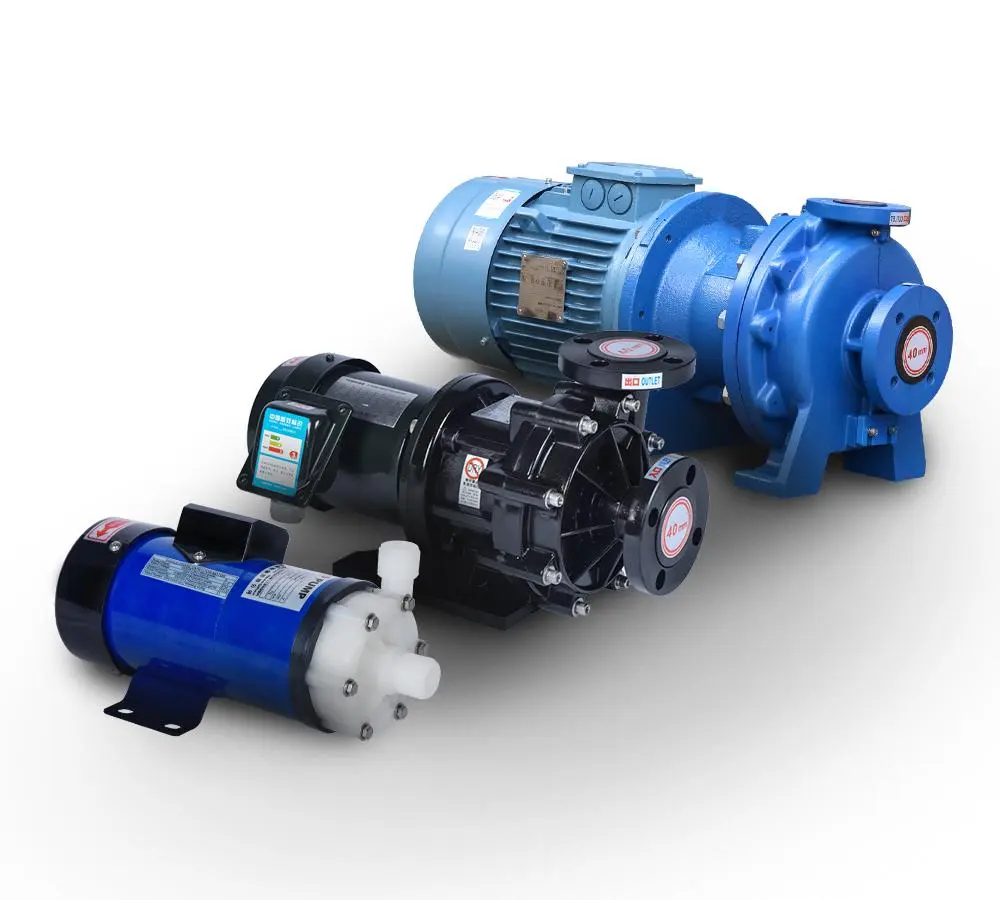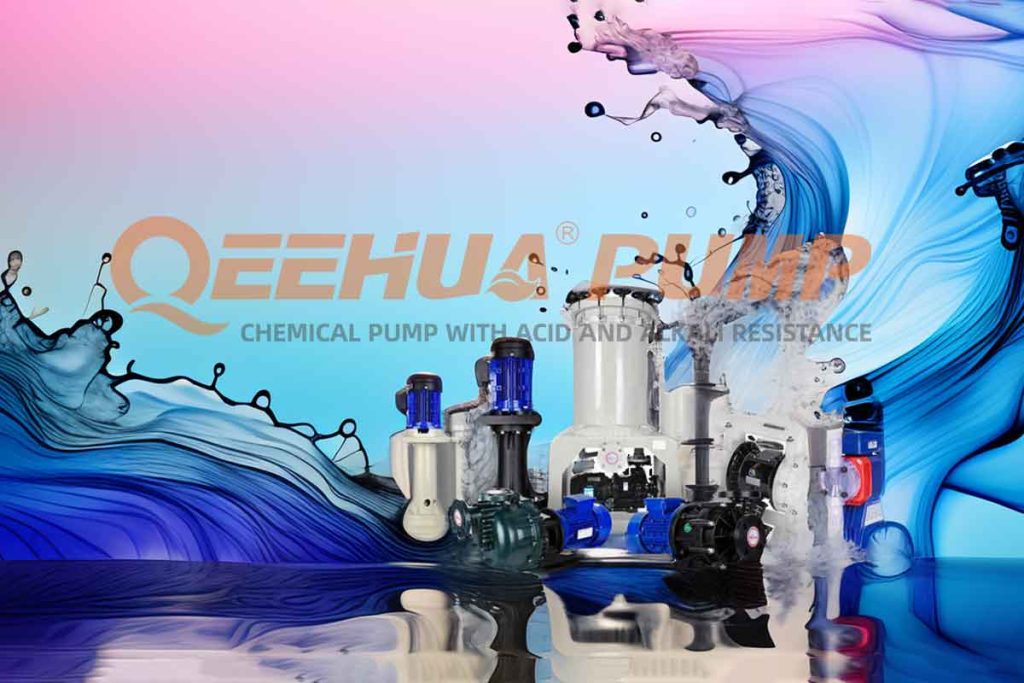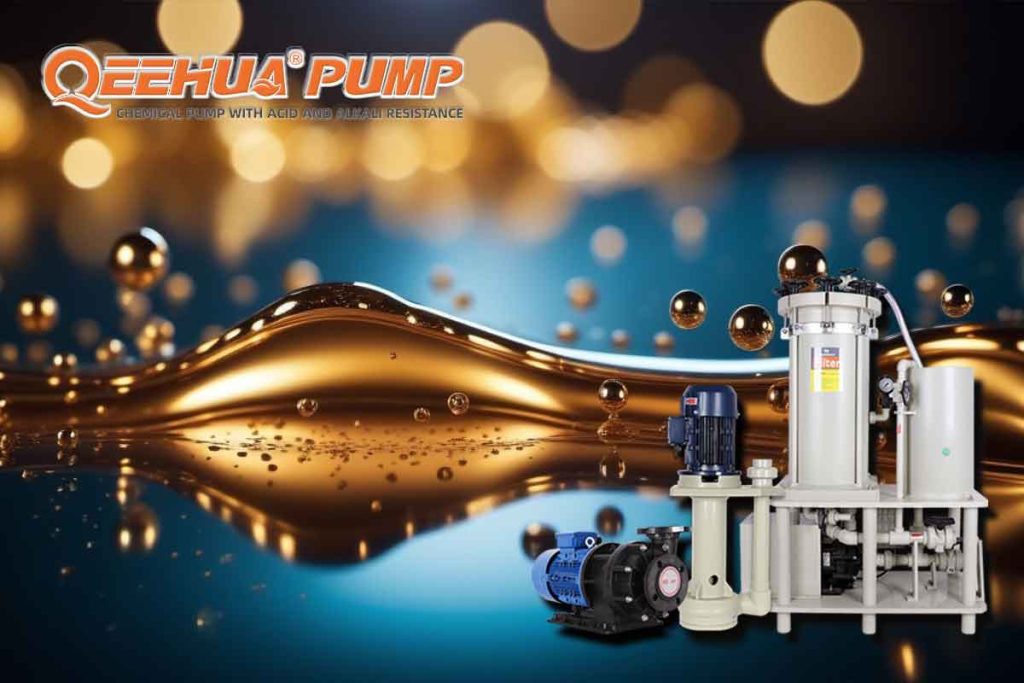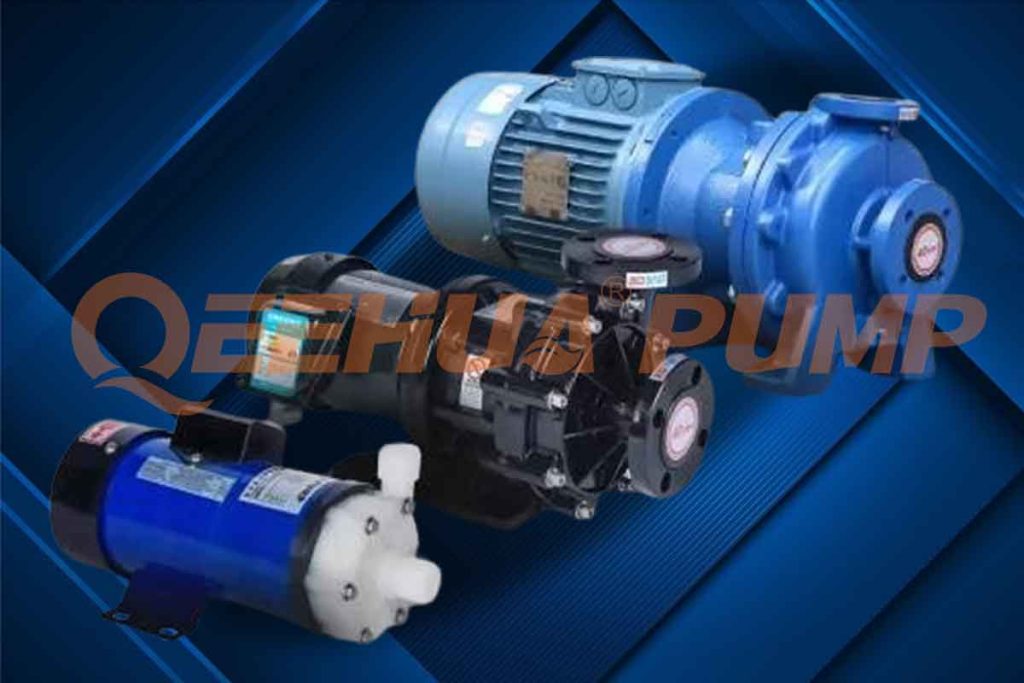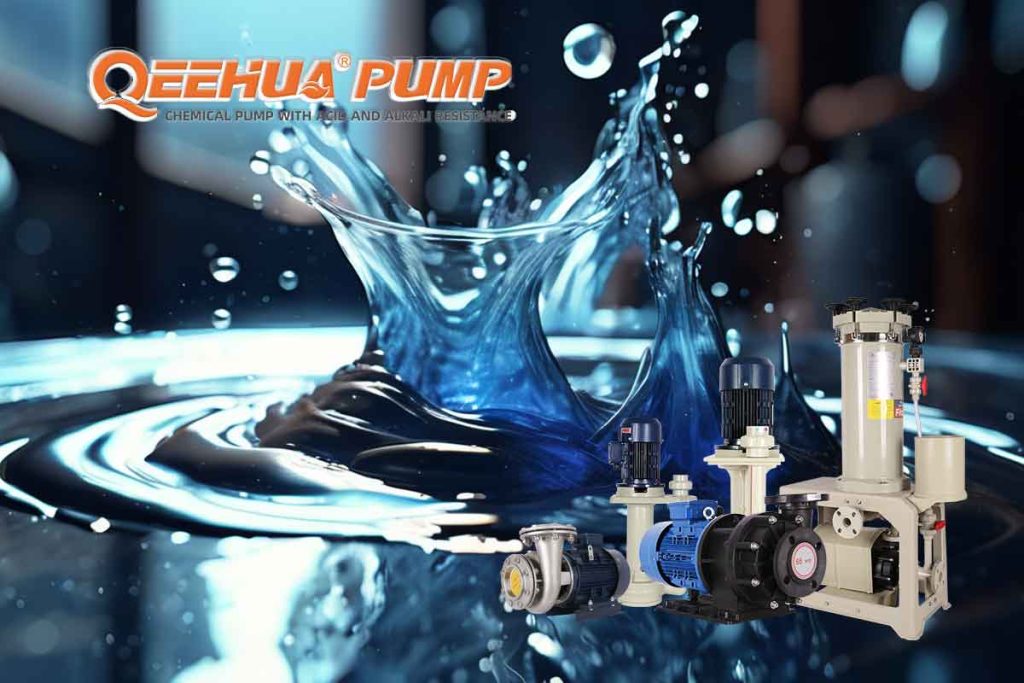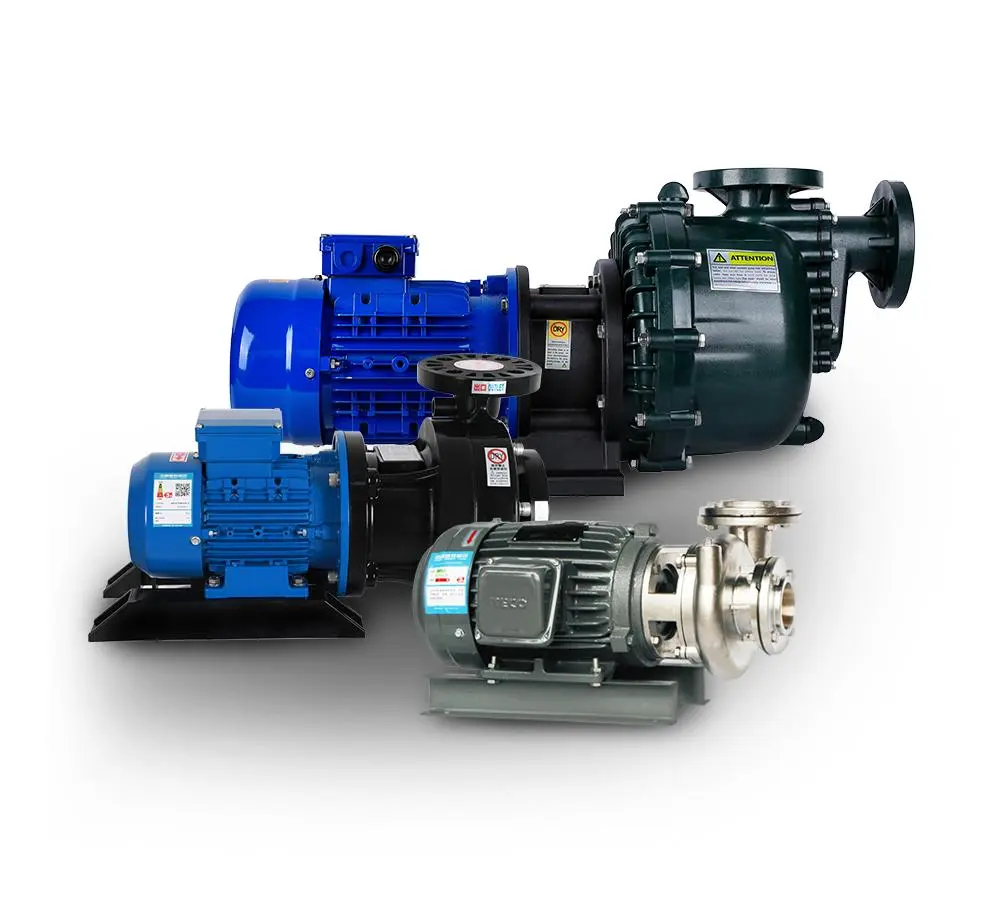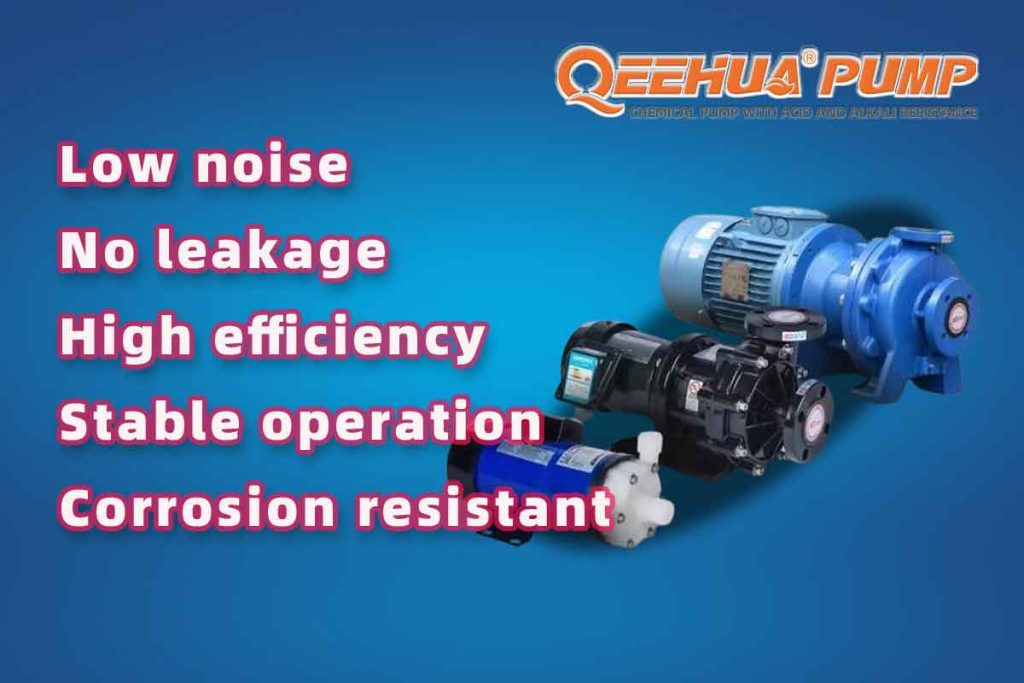Corrosion is one of the most headache hazards of chemical equipment. Slight carelessness can damage the equipment, or even cause accidents and even disasters. According to relevant statistics, about 60% of the damage of chemical equipment is caused by corrosion. Therefore, we should first pay attention to the scientific selection of chemical pumps.
The following are some common chemical solutions and the selection of chemical pump materials:
1. sulfuric acid
As one of the most common and highly corrosive media, sulfuric acid is an important industrial raw material with a wide range of uses.
Different concentrations and temperatures of sulfuric acid have great differences in corrosion of materials. For concentrated sulfuric acid with a concentration above 80% and a temperature below 80℃, carbon steel and cast iron have good corrosion resistance, but it is not suitable for high-speed flowing sulfuric acid and is not suitable for use as a material of pumps and valves. Ordinary stainless steel, such as 304 and 316, also has limited use for sulfuric acid medium. Therefore, the pump valve for conveying sulfuric acid is usually made of high-silicon cast iron (difficult to cast and process) and high-alloy stainless steel (No.20 alloy). Fluorine has good resistance to sulfuric acid, so it is a more economical choice to use fluorine-lined magnetic pump.
2. Hydrochloric acid
Most metal materials are not resistant to hydrochloric acid corrosion (including various stainless steel materials), and high-silicon ferromolybdenum can only be used in hydrochloric acid below 50℃ and 30%. Contrary to metal materials, most nonmetallic materials have good corrosion resistance to hydrochloric acid, so rubber-lined pumps and fluoroplastic pumps (such as polypropylene, fluoroplastic, etc.) are the best choices for conveying hydrochloric acid.
3. Nitric acid
Nitric acid is an important chemical raw material with wide applications. At room temperature, stainless steel has good corrosion resistance, but the corrosion resistance of molybdenum-containing stainless steel (such as 316 and 316L) to nitric acid is not as good as that of ordinary stainless steel (such as 304 and 321). The high-temperature nitric acid usually uses titanium and titanium alloy materials.
4. Acetic acid
The corrosiveness of acetic acid is quite strong. Under high temperature conditions, metals undergo electrochemical corrosion reaction in acetic acid, and ordinary steel will be seriously corroded in acetic acid of all concentrations and temperatures.
Stainless steel is an excellent acetic acid-resistant material, and 316 stainless steel containing molybdenum can also be applied to high temperatures and dilute acetic acid steam. For high temperature and high concentration acetic acid or other corrosive media, high alloy stainless steel pump or fluoroplastic pump can be selected.
5. Alkali (sodium hydroxide)
Steel is widely used in sodium hydroxide solution with concentration below 80℃ and 30%. Many factories still use ordinary steel at temperature below 100℃ and 75%. Although the corrosion increases, the economy is good.
Compared with cast iron, the corrosion resistance of ordinary stainless steel to alkali liquor has no obvious advantages. As long as a small amount of iron is allowed in the medium, stainless steel is not recommended. Titanium and titanium alloy or high alloy stainless steel are mostly used for high temperature lye.
6. ammonia (ammonia hydroxide)
Most metals and nonmetals are slightly corroded in liquid ammonia and ammonia (ammonia hydroxide), only copper and copper alloys are unsuitable for use.
7. Salt water (sea water)
The corrosion rate of ordinary steel in sodium chloride solution, sea water and salt water is not too high, so it is generally necessary to adopt coatings for protection. All kinds of stainless steels also have a low uniform corrosion rate, but local corrosion may be caused by chloride ions. Usually, 316 stainless steel is better.
8. Alcohol, ketones, esters and ethers
Common alcohol media include methanol, ethanol, ethylene glycol and propanol, ketone media include acetone and butanone, ester media include various methyl esters and ethyl esters, and ether media include methyl ether, diethyl ether and butyl ether. They are basically non-corrosive, and all common materials can be used. The specific selection should be made according to the properties of media and relevant requirements. In addition, it is worth noting that ketones, esters and ethers are soluble in many kinds of rubbers, so mistakes should be avoided when selecting sealing materials.


